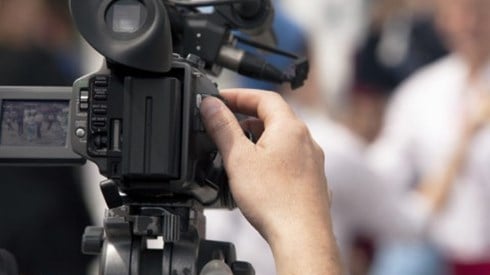In a Hard Insurance Market, Captives Offer Solutions, Opportunities

June 30, 2021

The hardened commercial insurance market is prompting a host of new captive insurance company formations, but with those new formations and increased use of existing captives come a variety of opportunities.
"We certainly see a lot of new captive formations during periods of a hard market cycle, and it's been a while since we've had a truly hard market," said Dennis Silvia, executive vice president at Davies Captive Management.
"We're not really seeing capacity reductions today," Mr. Silvia said. "We're just seeing prices are going up, retentions go up. And those are things that are leading people to alternative risk financing methods like captives."
Speaking during the virtual 2021 Bermuda Captive Conference on a panel titled "With a Hardened Insurance Market, What Challenges and Opportunities Do Alternative Risk Management Methods Bring?," Mr. Silvia noted that captives formed in considerable numbers even during a prolonged soft market, but the current hard market has fueled even greater growth in new captive insurance companies.
"It's certainly a very difficult market that we're in," said another panelist, Alan Mooney, chief executive officer of AmWins Bermuda. "The size of the increases is lessening, but buyers are still seeing rate increases." And, across the board, buyers are experiencing increasing retentions, Mr. Mooney said, adding, "That's causing a lot of pain."
There are reports that the market might be shifting, but there are various factors that make it uncertain when the hard market might end.
"The US court system was essentially in abeyance for a large part of 2020 and part of this year as well," Mr. Mooney said. Now those courts are getting back up to speed, and as they do, an increased number of awards will come with them, hitting liability markets. "We'll see what impact that has on the market in general," he said.
"The other thing that I think is probably keeping executives of insurance companies awake at night is COVID and the ultimate cost of COVID. The market just doesn't know what the ultimate cost of COVID is going to be," Mr. Mooney said. "All of these things create uncertainty, and uncertainty creates opportunity, and opportunity means clients look at alternative ways of placing their insurance risks."
Sectors such as transportation, health care, and long-term care are among those experiencing the largest insurance price increases, Mr. Mooney said, adding, "We're seeing a lot of pain in the public entity world.
"Across the board, every buyer is feeling some degree of pain," he said. "Many buyers out there are considering alternatives they may never have considered in the past."
His company is seeing an uptick in inquiries about forming captives, Mr. Mooney said, though some of those inquiring don't fully understand what's involved in a captive insurance company.
"One of the things that we hear a lot of is people asking about captives with a view that a captive is a panacea if you like for a hard market. 'I want a captive because I want a cheap insurance.' That's obviously not going to work, and we counsel buyers against that," he said.
"It's very important that any buyer that is looking into a captive is doing so for the right reasons and is doing so with a long-term strategy in mind," Mr. Mooney said. "We certainly tell all of our customers that a captive is a long-term risk management solution. It's not a solution that you implement necessarily in a hard market environment. It's a solution that goes through the market cycles."
"The other part of that is captives are not a solution for people who don't have their risk management act together," said Mr. Silvia. Just forming a captive insurance company won't provide a better outcome for a poorly managed risk.
"The precondition here is that they have to be in a situation where they've done a good job doing loss control and risk management," Mr. Silvia said. "They've put themselves in the top tier, if you will, of representative companies in their particular industry."
A captive probably won't be a viable solution for an organization that has not made an appropriate investment in risk management, however, he said.
The two speakers noted that while a captive has obvious value in a hard market, captive insurance can be a valuable risk management tool regardless of market conditions.
"There are a lot of practical uses, regardless of market cycle, for captives," Mr. Silvia said. "Some of them come to the forefront in a hard market, like capacity and pricing issues."
"When a market is difficult like now, a captive will more likely take more risk because it's cheaper to retain that risk than to transfer it to the market," said Mr. Mooney. "But there will inevitably come an opportunity to lay off some of that risk, or maybe all of that risk, at a cost that is less than it would pay itself to retain it."
Beyond the formation of captives to address market conditions, some are being formed to enable innovation.
It's an interesting development that not only does the current market present a "crisis need," Mr. Silvia said. "But we're also seeing a lot of innovative products around InsurTech," he said. The creators of those InsurTech products want to take on some risk, and many are doing so through captive insurance, he said.
Those innovators are creating insurance products that might not have been considered 5 years ago around areas like cryptocurrencies, weather guarantees, and parametric solutions, Mr. Silvia said. "The captive world is creating opportunity in a lot of different venues, not just in response to a hard market," he said.
"There are many innovative new products that are coming out," Mr. Mooney said. "In those circumstances, a captive taking risk, skin in the game, is something underwriters love and they're more willing to work with buyers."
June 30, 2021




